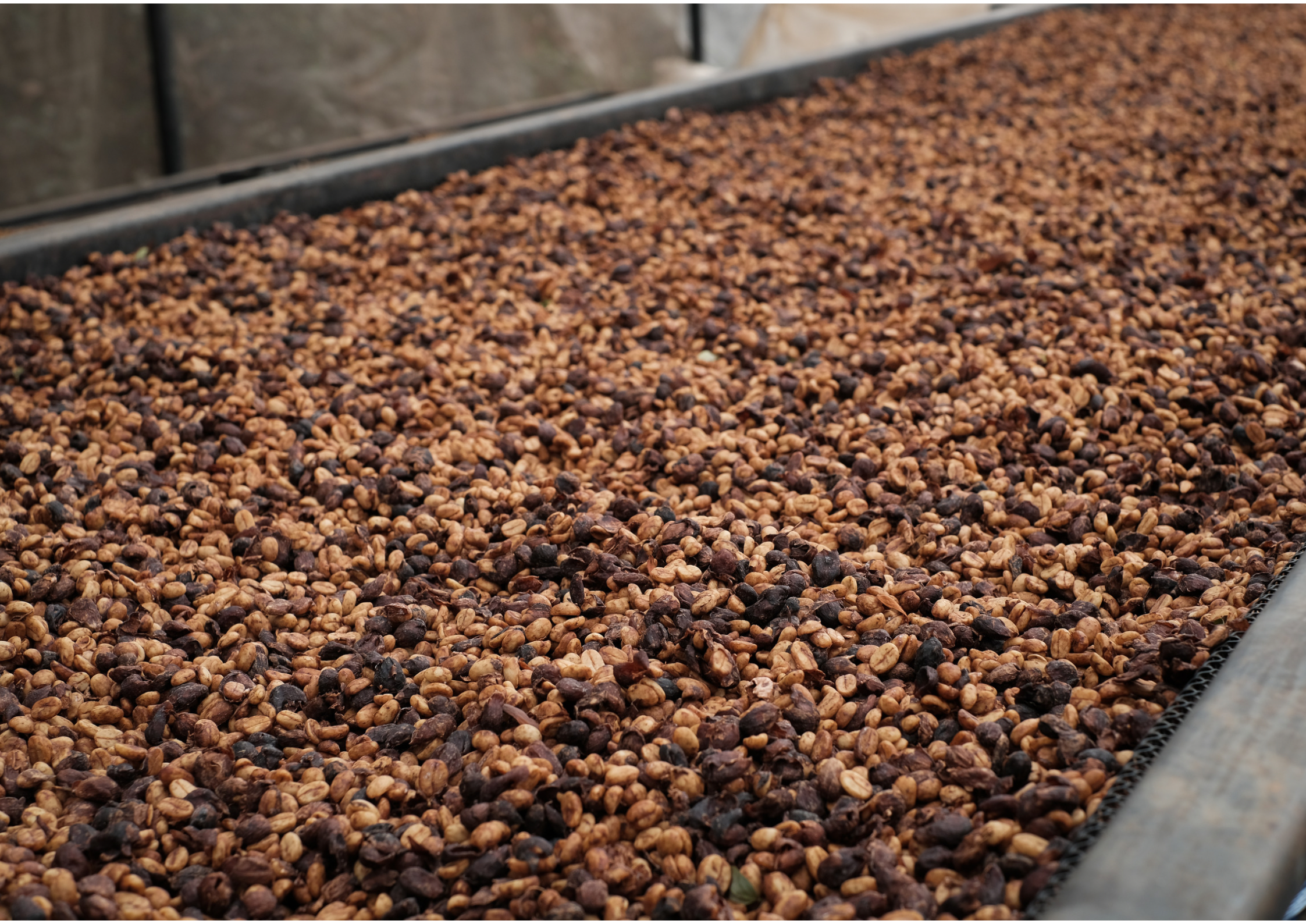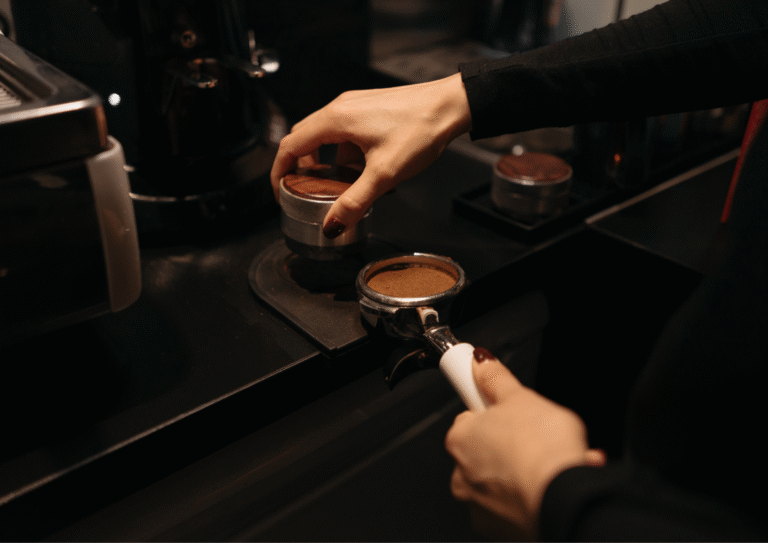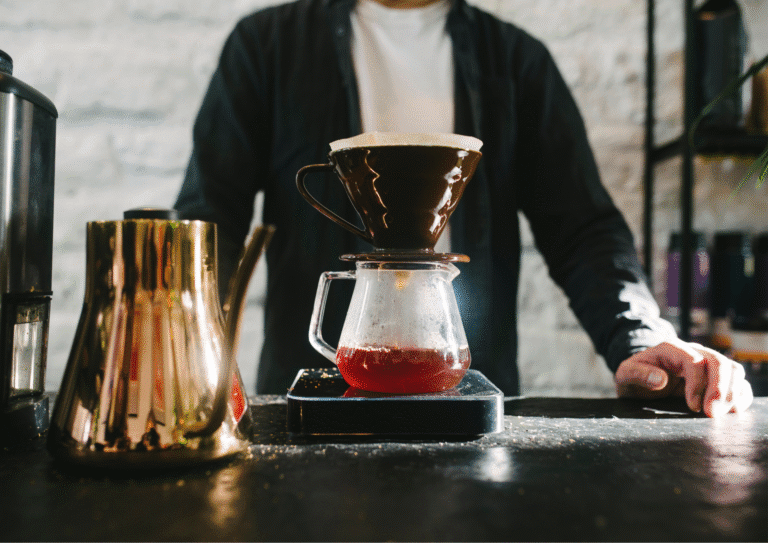Welcome Back!
In speciality coffee, coffee varieties affect the taste, the flavour, and the balance of everything. The cup you brew, the cup you drink it must be good and that depends on the variables you take to make it good, and one of those variables that make a coffee go from good to great is: Variety. Often overlooked by many, but today we are going to educate you on why a coffees variety is so important to a great cup of coffee and how it effects flavour, sweetness, and the final cup of coffee.
What Is a Coffee Variety?
A coffee variety is a subspecies of a coffee plant, and most of the coffee society consumes comes from coffea arabica. The first coffee trees to be cultivated actually originated in Ethiopia and the first ever variety called typica was born. All other varieties of coffee have mutated or been genetically selected from the typica variety. Each variety has distinct characteristics that influence everything in the final cup of coffee we drink. But research still shows that although specific coffee varieties effect the cup of coffee we drink, there is still little information on how much of an impact the variety of coffee trees can have on the final taste.
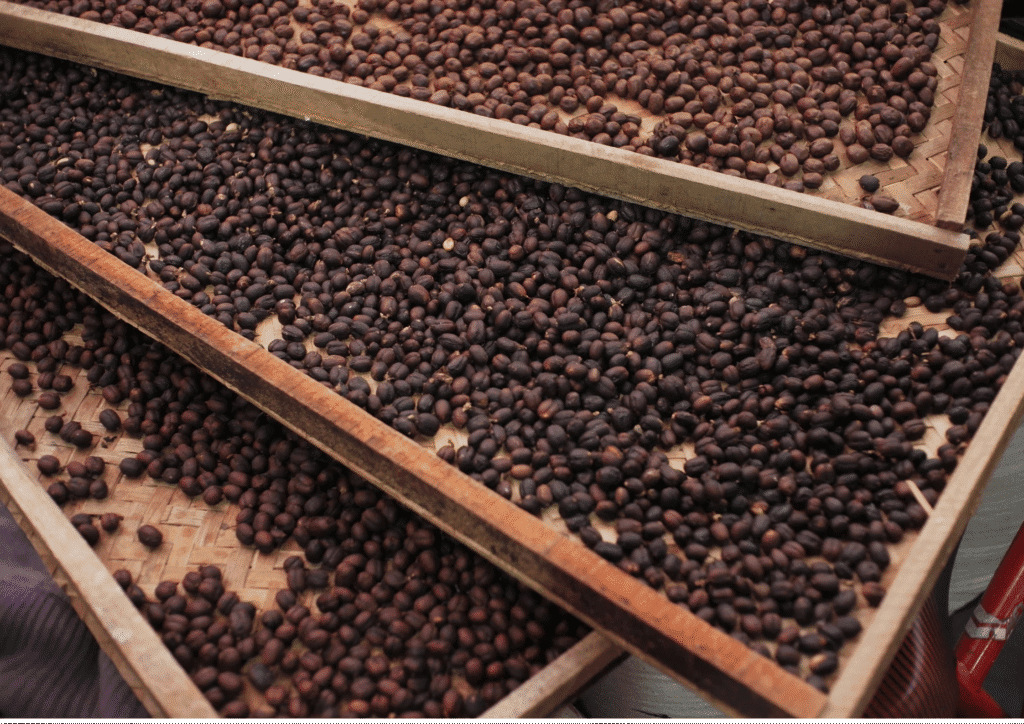
How Variety Affects Flavour
So, how does coffee variety affect flavour? Just like in wine, each grape variety changes the way a wine tastes, as well as other variables, but in short the varieties produce different flavour profiles to the coffee. While processing methods, terroir, roasting and brewing variables contribute to the final taste of our cup of coffee, the coffee variety is the guide that sets the foundation to a delicious cup of coffee. Below are a some of the most common varieties in speciality coffee:
Typica
Typica is considered the first ever variety to which all other varieties have mutated and developed. Typica is usually red in the fruits colour and produces excellent cup quality. Although it produces low yield compared to other coffee varieties, it is still grown in many parts of the world but less common in high volume farming.
Bourbon
Bourbon, a natural mutation of typica which happened on the Island of Reunion at the time this place was called ‘Bourbon.’ It has a higher yield than typica and also has a very distinctive sweetness making it very sought after.
Gesha or Geisha
Gesha is one of the most popular varieties in speciality coffee. Gesha, is a town in western Ethiopia and is believed to have originated there. However, the variety was brought to Panama and Costa Rica and is now grown all over the world. Particularly for competition coffees, Gesha brings exceptional aromatics and florals to the cup and demand for Gesha has risen dramatically in recent years. The 2025 best of Panama auction, a top lot sold for $30,100 USD from Hacienda La Esmerelda which has encouraged many coffee producers to plant this variety.
Caturra
Caturra is a mutation of the bourbon variety, which was discovered in Brazil in 1937. It produces a high yield, although sometimes the trees produce more fruit that it can sustain, then the tree dies. However, correct treatment and farming can help avoid this issue. Caturra is now immensely popular in other parts of South America, such as Colombia, and produces a good cup score overall.
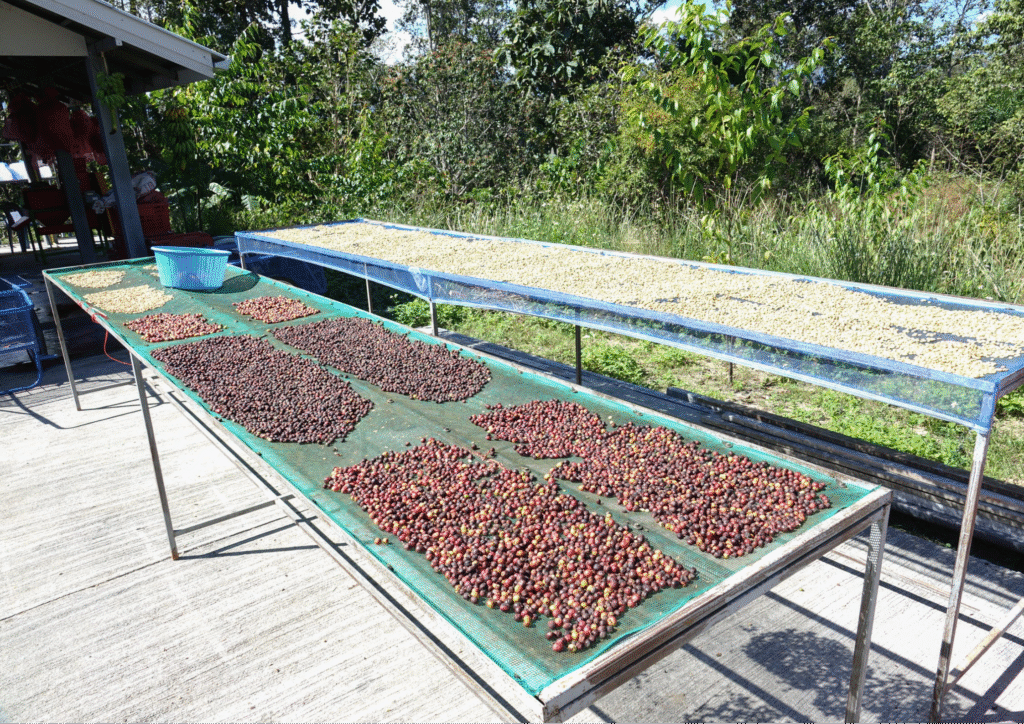
Why Does Origin Matter?
While varieties set the foundation to the coffees final cup profile, origin also decides how the genetics of the variety are expressed, and this includes the terroir of the coffee too. This will be, the climate, soil, sunlight, rainfall, local biodiversity and other environmental impacts that will also affect the coffees outcome and quality.
For example:
Africa
Africa brings us coffees that are notably diverse in their flavour profile – from florals, to intense sweetness or fruitiness, citrus and tropical fruits that are often elegant and complex in their taste and the naturally processed African coffees are sought after for an intense, wildly fruity and unusual profiles.
The Americas
The Americas supply the majority of the worlds supply of coffee, and each origin has distinctive characteristics that really change the way a coffee tastes. For example, in Brazil, coffee tends to have a milder acidity, a heavier body and often chocolaty, sweet and nutty flavours. As where as, in Colombia, coffee has a huge range of flavours, from heavy chocolate forward notes, to jammy, sweet and fruity profiles, it all depends on the region and each countries terroir affects the end profile of the coffee.
Asia
Asian coffee flavour, like the Americas and Africa are very diverse in their taste, it all depends on the terroir, like we’ve discussed, but they are often seen as bold, earthy, smooth, spicy and with much lower acidity compared to African coffee. For example, in China, coffee has a very pleasant sweetness and fruit forward flavour whilst still carrying the earthy and smoky flavours along with it.
Elevation or Altitude
Elevation plays a crucial role in shaping coffee flavour. Higher altitudes mean cooler temperatures, which slow the coffee cherry’s maturation. This slower growth allows more complex sugars and acids to develop, often resulting in higher-quality coffee with greater flavour complexity and clarity.
– Below 1,000m: Tends to produce mellow, less complex coffees.
– 1,000-1,500m: Offer more balance in flavour with a mellow acidity and light to medium body.
– 1,500 and over: bring brighter acidity, more fruit forward profiles and floral finishes
Keep in mind, altitude doesn’t work alone—it interacts with variety and processing. Some varieties perform best at specific elevations. For example, Gesha truly shines at higher altitudes above 1,600m, where its delicate aromatics can fully develop.
Processing Methods
Washed Processing
The aim of the washed process is to strip all the sticky flesh or pulp of coffee from the seed before it is dried. This helps reduce the chances of anything going wrong in the drying phase. The washed process is naturally more expensive than the natural process of coffee processing due to the amount of water needed to process the coffee cherries. After the coffee cherries are picked, the cherries are put in a depulper to remove most of the fruits flesh from the seed and then the rest of the cherry and seed are washed in big tanks of water so the flesh can be removed by fermentation.
Natural (Dry Process)
In the natural processing method, the cherries are dried in the sun with the coffee seed still inside the cherry. Some producers use big patios, and some use raised beds for better air flow which helps with more even drying. Natural coffees are often very fruity, bold, and often funky or boozy and complex in taste, this is because of the extended drying time with the cherry and seed, allowing the cherries fruit to infuse the seed with a more complex and fruitier profile.
Honey (Semi-Washed)
An mix of both washed and natural, the honey process retains a thin layer of the cherries fruit which is dried onto the seed, offering a unique sweetness and often bolder flavour profiles compared to washed coffees, but still retaining a cleaner profile compared to naturally processed coffees.
Experimental Methods
Fermentation tanks, carbonic maceration, anaerobic processes—these cutting-edge techniques can create unique, sometimes polarising flavours. While they can accentuate fruity, boozy, or spicy notes, they also run the risk of overshadowing the variety’s core character if not done well.
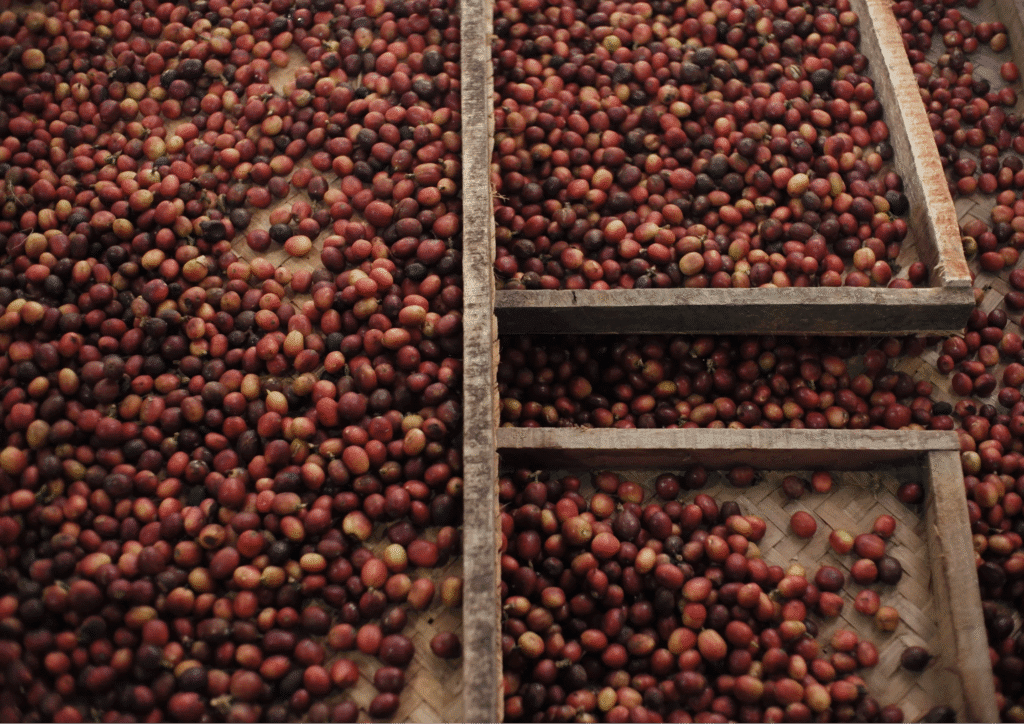
To Finish
Coffee is more than a caffeine delivery system—it’s an agricultural product shaped by genetics, environment, and craftsmanship. Variety is the starting point, but it’s only one piece of the puzzle. When you understand how variety interacts with origin, elevation, and processing, every cup becomes a story waiting to be discovered.
So brew mindfully, taste attentively, and enjoy the journey. At Caretta Coffee, we believe in celebrating this complexity and sharing coffees that highlight the incredible diversity our world has to offer—one variety, one farm, one cup at a time.
So, thank you for reading, we really hope you have enjoyed today’s article. If you’re interested in developing your pallet, then we really recommend checking out our most recent article on Coffee Tasting – Understanding the Senses.
Until next time, we will catch you on the next one!

